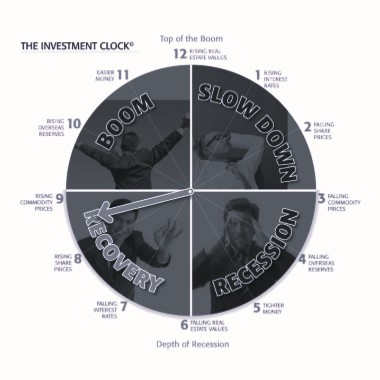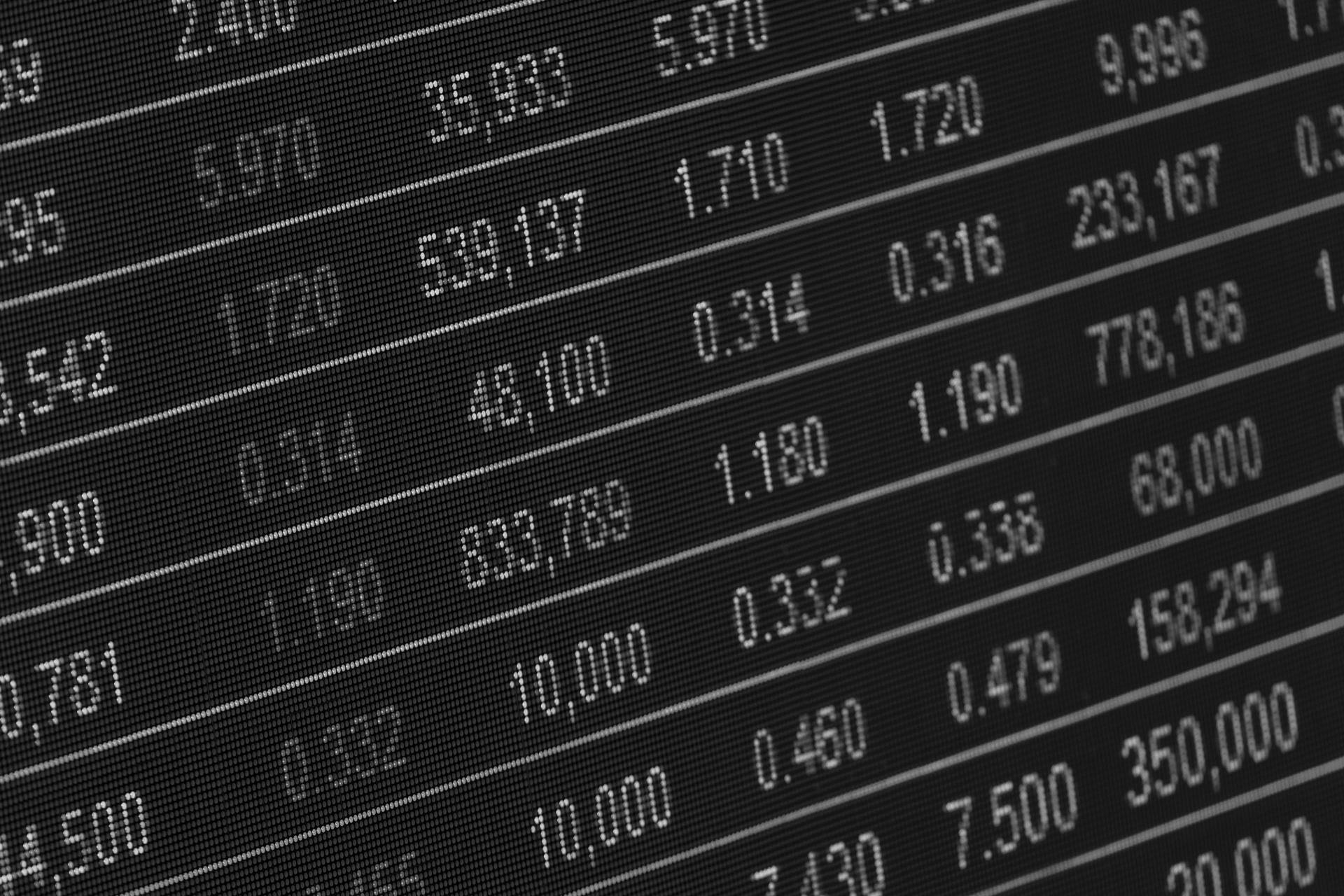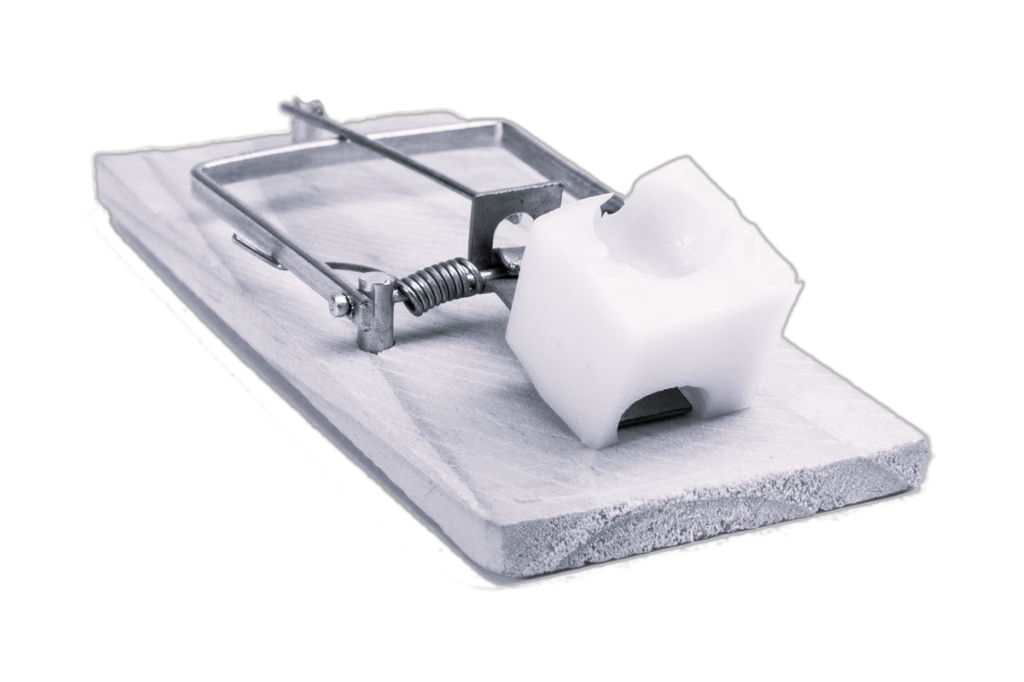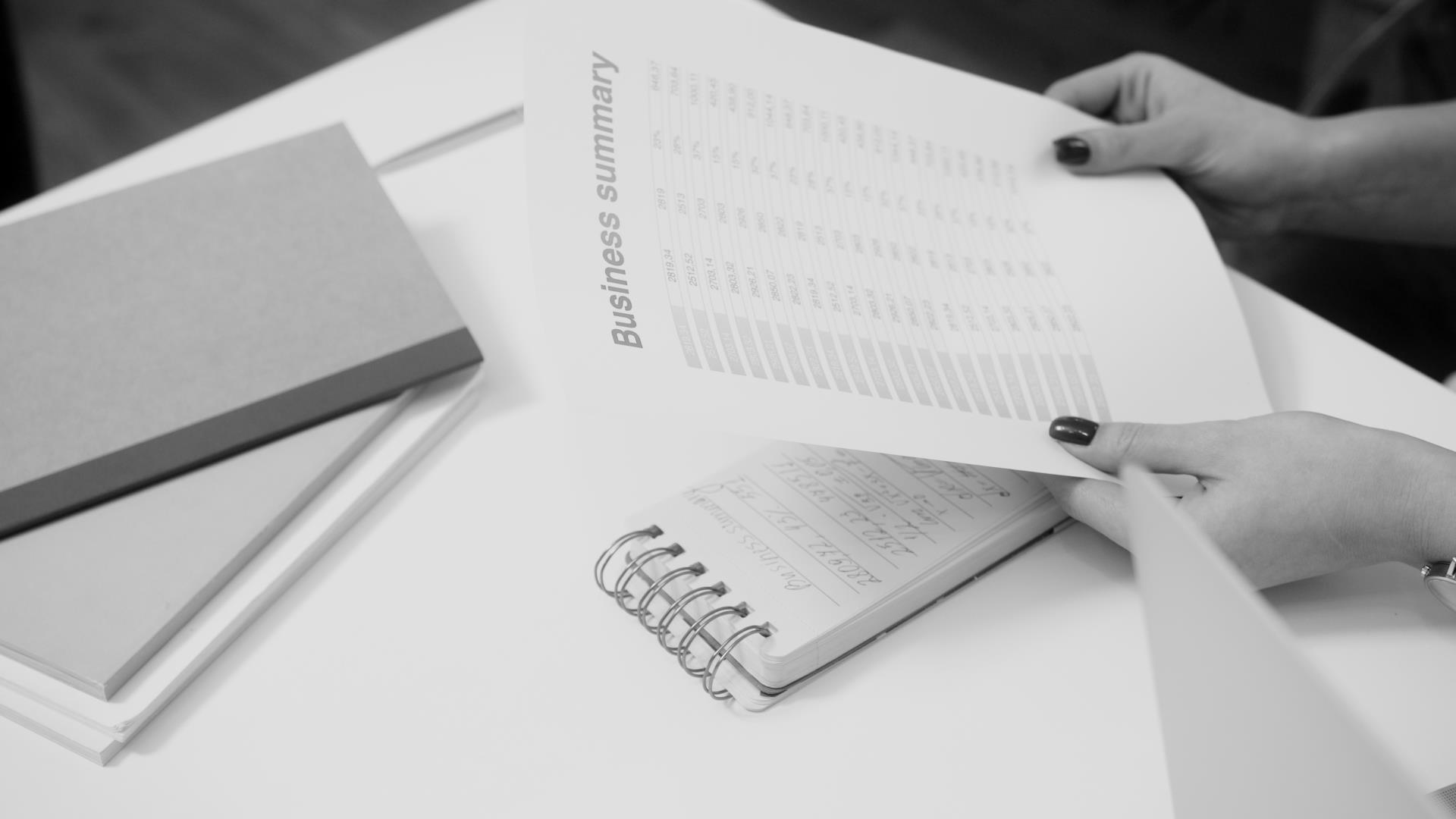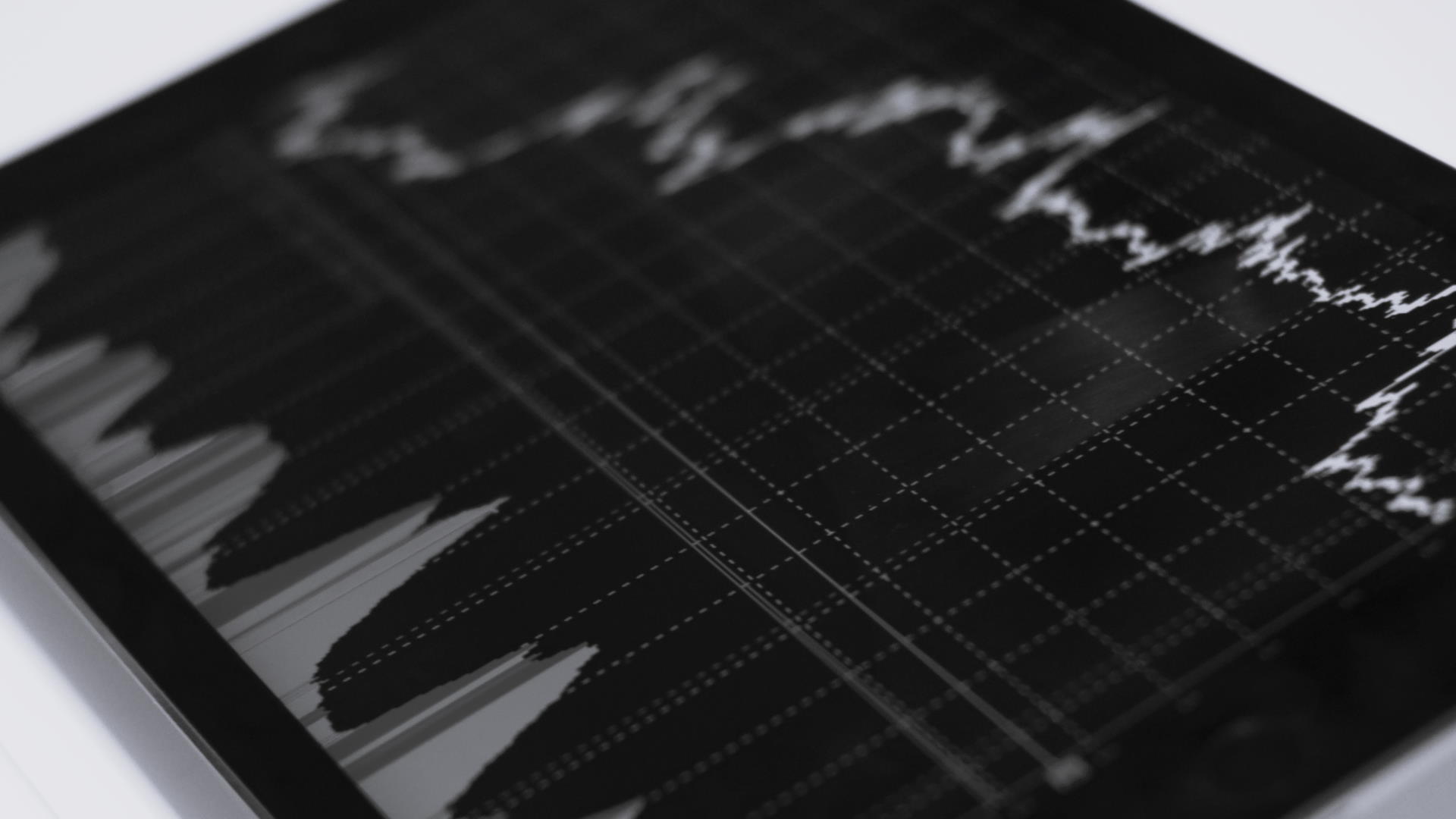1. If the overall sharemarket is rising and individual stocks are also showing the same trend upwards, don’t sell too early if the price and volume is increasing. See if you can work out what is making the company’s share price rise in the first place.
2. If a share price for an individual stock is falling just because the stock is cheap and getting cheaper by the minute it may be just the reason to exit the stock and not purchase more. Average up, never down.
3. On the downside of the market, when you are looking at individual stocks in your portfolio, it often works to apply the 10% rule. If a stock drops 10% get out. You might be able to buy back in at a much cheaper price if the fundamentals haven’t changed.
4. Investing in managed funds can work well for many people who don’t have the individual skills, knowledge or access to information to select stocks themselves. Research who are the best managed fund performers in town over the past 5 or 10 years and leave investing to the experts.
5. No one ever rings a bell at the top or the bottom of the sharemarket. Always consider selling at the top of the market when volumes are high and buy shares when volumes are low and the market is waiting for a recovery.
6. Sharemarkets generally climb by the stairs and fall by the lift well. This was certainly the case in the Chinese sharemarket in recent months.
7. Gen Y and Z- no excuses now! Stop spending, start saving and invest in your future! Start your share portfolio today as you may not get another chance like the current climate in your lifetime.
8. At the top of the market keep your head while all those around you lose theirs.
9. A good rule of thumb is that when everyone is talking about investing in shares, particularly people who have no idea, it is generally time to sell not buy. Some of the smartest people who have made fortunes in their own businesses are shown to be truly naive when it comes to playing the sharemarket.
10. While good profits can be generated from acquiring shares before they list on the sharemarket, it should be remembered that the sharemarket is a volatile and uncertain beast. Booms come and investors can accumulate great wealth. Booms disappear and can quickly wipe-out investment value.
11. It has always amazed me that people spend a lifetime accumulating wealth then don’t do enough research on selecting the right financial adviser and know their own individual tolerance for risk when they make important investment decisions.
12. Don’t just judge your investments by information contained in the quarterly statements you receive. Demand access to the source documents to ensure your funds are appropriately invested.


